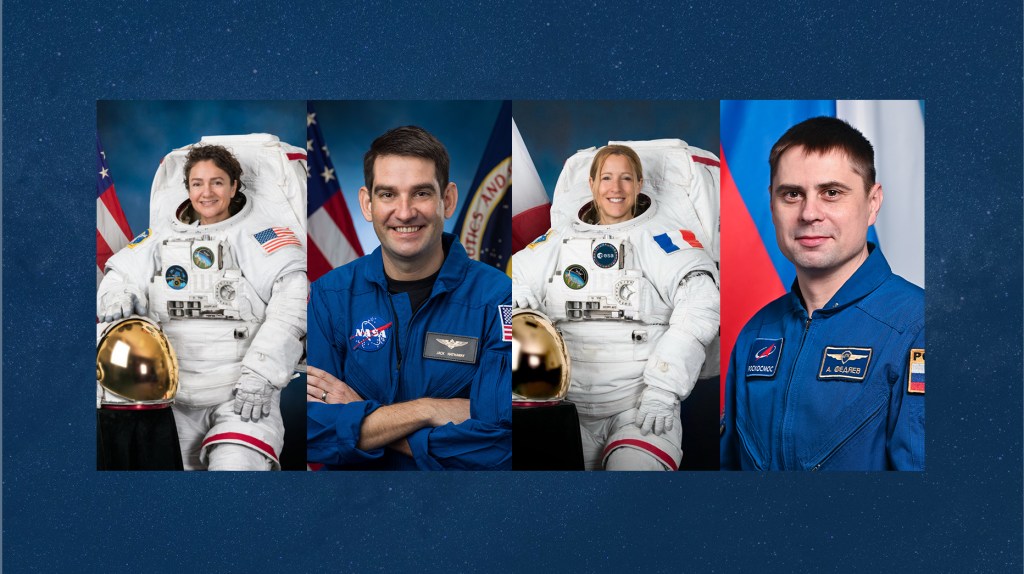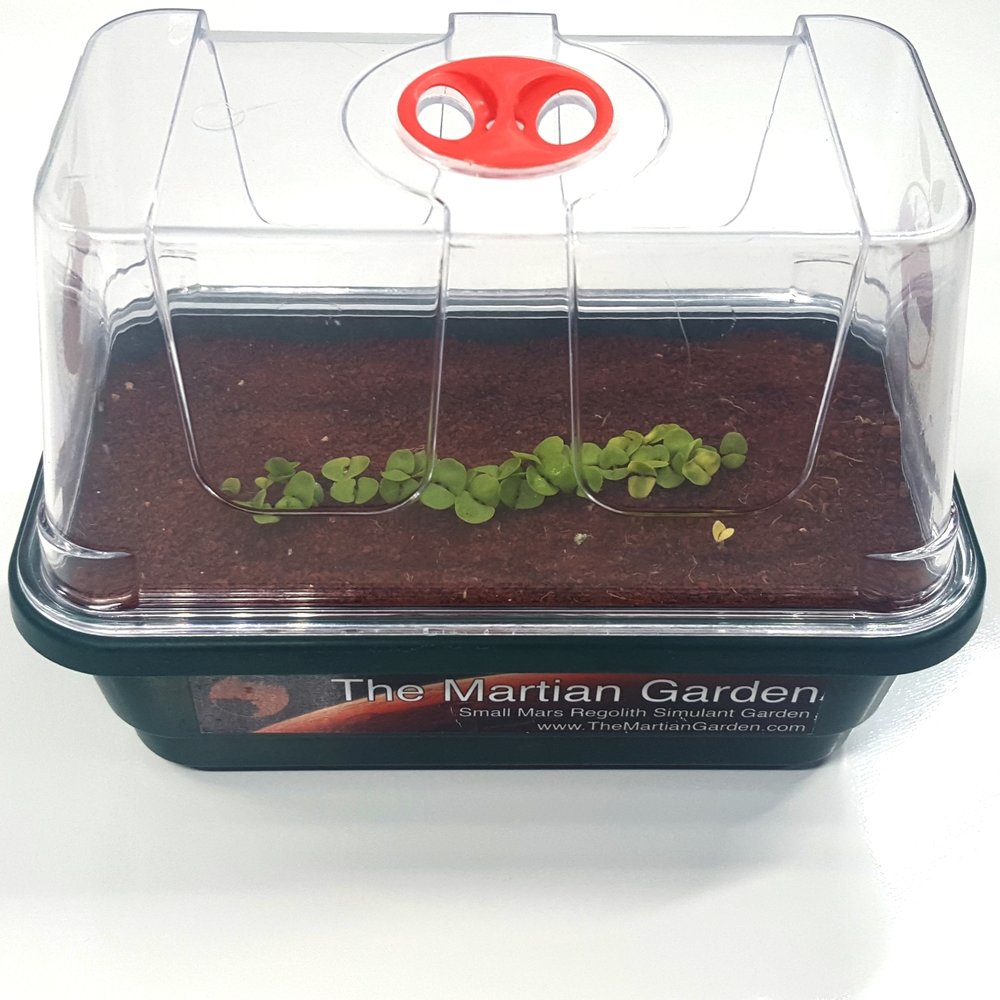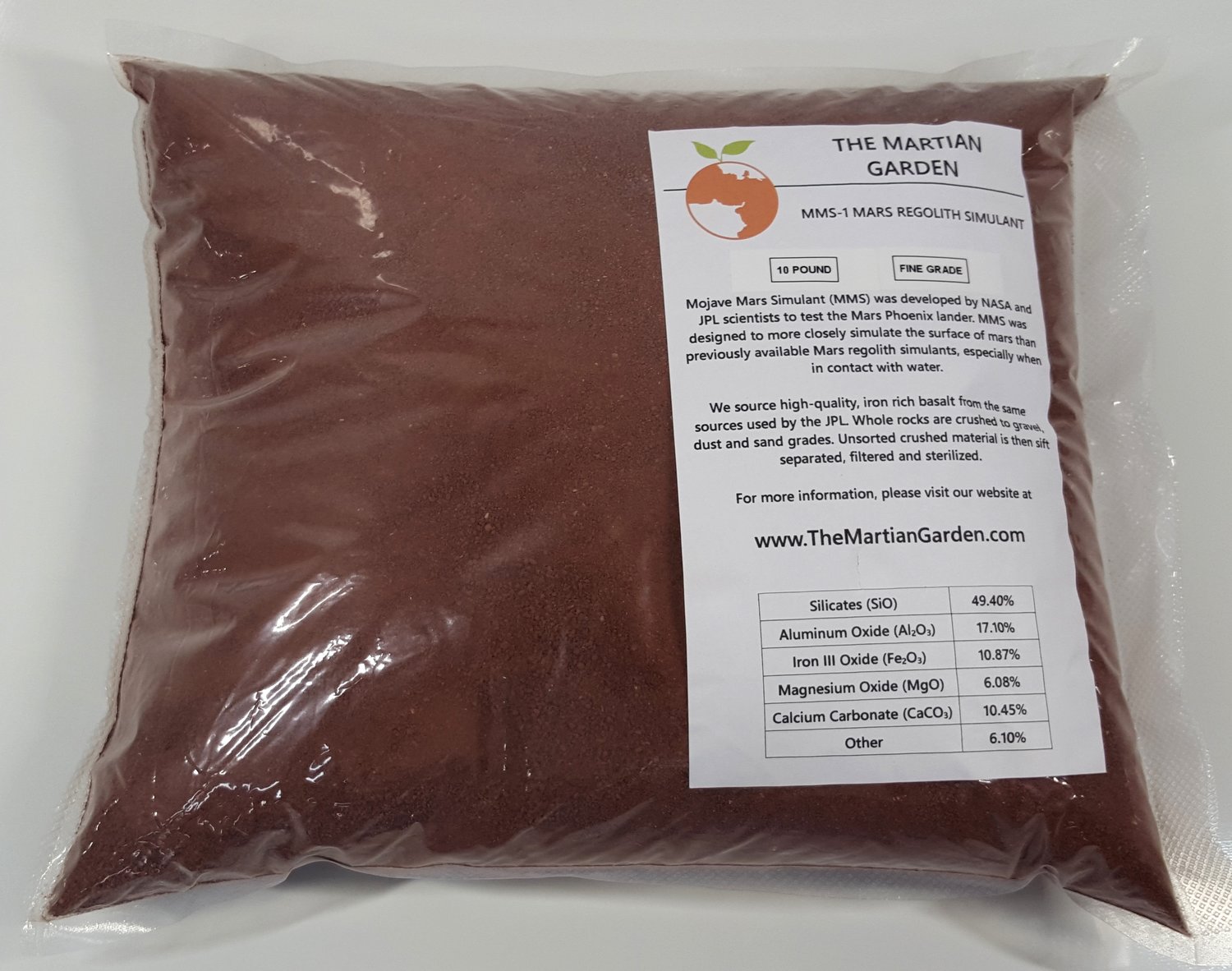If you were stranded on Mars, could you pull a Mark Watney from the book and movie “The Martian” and grow your food? Thanks to a new garden kit that mimics the soil conditions on the Red Planet, you can find out.
But the kit isn’t just for fun — it’s based on research NASA has been doing for more than 30 years, both to determine just what makes up the dirt on Earth’s next-door neighbor and to find equivalents here on the ground.
For a space agency designing robots and vehicles that can operate there, it is crucial to understand what conditions on the surface are like, to ensure that the machines won’t get mired in mud, stuck in a sand pit or otherwise rendered inoperable.
That exact scenario played out in 2009, when the Spirit rover was navigating near Mars’ equator and got stuck in a deposit of soft iron sulfate hidden under a layer of normal-looking Martian soil, putting an end to more than five years of roaming.
A year earlier, the Phoenix lander tried to take an icy soil sample from the northern polar region of Mars, only to find it was too sticky to deliver from the probe’s scoop to one of its instruments. That line of research had to be abandoned, and researchers were limited to analyzing dry samples.
One-Way Ticket
Despite the fact that NASA operates multiple missions on and around Mars, so far, none have ever come back, which means we’ve never brought back any soil samples. So, to figure out just what’s on the ground, orbiters have used remote sensing to record surface compositions across the entire planet, and robotic explorers analyze samples with a variety of tools and techniques.
Those studies have helped researchers learn that a major ingredient of much of the Martian surface is basalt, an iron-rich rock typically associated with volcanoes on Earth. Starting in the 1990s, NASA engineers developing terrestrial Mars probes tested them using a mixture known as JSC Mars-1, consisting of particles ejected from Pu’u Nene volcano in Hawaii. But the particles are naturally round and tended to attract moisture, which led them to become clay-like, so in the mid-2000s, NASA started looking elsewhere.
In 2006, Greg Peters of JPL’s Extraterrestrial Materials Simulation Laboratory found what he was looking for on a mountain in the Mojave Desert of California. Saddleback Mountain is home to a basalt quarry, dug into flows about 20 million years old. “I actually grew up in that area, so I knew about that deposit,” Peters says.
Samples were brought back to JPL and examined. “Mineralogically and chemically, it looked like a pretty good match,” Peters says.
Mars Mojave Simulant was born, and by 2008, JPL had stored up 10 tons of crushed Saddleback Mountain basalt.
But it wasn’t available to the public’s gardening efforts for another eight years, when a pair of Austin park rangers and “passionate space enthusiasts” decided to go into business together.
‘As Dead as We Can Make It’
They launched a Kickstarter campaign in 2016, selling 50 Martian Garden kits stocked with Mars Mojave Simulant complete with a desktop greenhouse, seeds and fertilizer — a necessity because the company bakes the soil in an autoclave “so it’s as dead as we can make it,” to better mimic Mars dirt, explains co-founder Mark Cusimano.
The Austin-based company continues to sell its kits, primarily to educators and researchers — but it has found that the Mars-like dirt is an even bigger seller, with customers ordering it in shipments of up to 200 pounds. “People have been very enthusiastic about the bulk material,” Cusimano says.
The company continues to develop its soil mixture to better imitate the chemical composition on Mars’ surface, and today The Martian Garden is the sole commercial provider of Mars simulant. That means NASA may one day end up as a customer, though it’s not yet: the agency continues to look for more accurate Mars soil analogs.
JPL’s Peters says he was pleasantly surprised to learn about The Martian Garden. “The more people who buy it, they’re either learning about Mars by doing experiments, or you’re getting somebody interested.”
NASA has a long history of transferring technology to the private sector. Each year, the agency’s Spinoff publication profiles about 50 NASA technologies that have transformed into commercial products and services, demonstrating the wider benefits of America’s investment in its space program. Spinoff is a publication of the Technology Transfer Program in NASA’s Space Technology Mission Directorate.
To learn more about this NASA spinoff, read the original article from Spinoff 2018.
For more information on how NASA is bringing its technology down to Earth, visit:
Mike DiCicco
NASA’s Goddard Space Flight Center in Greenbelt, Md.

































